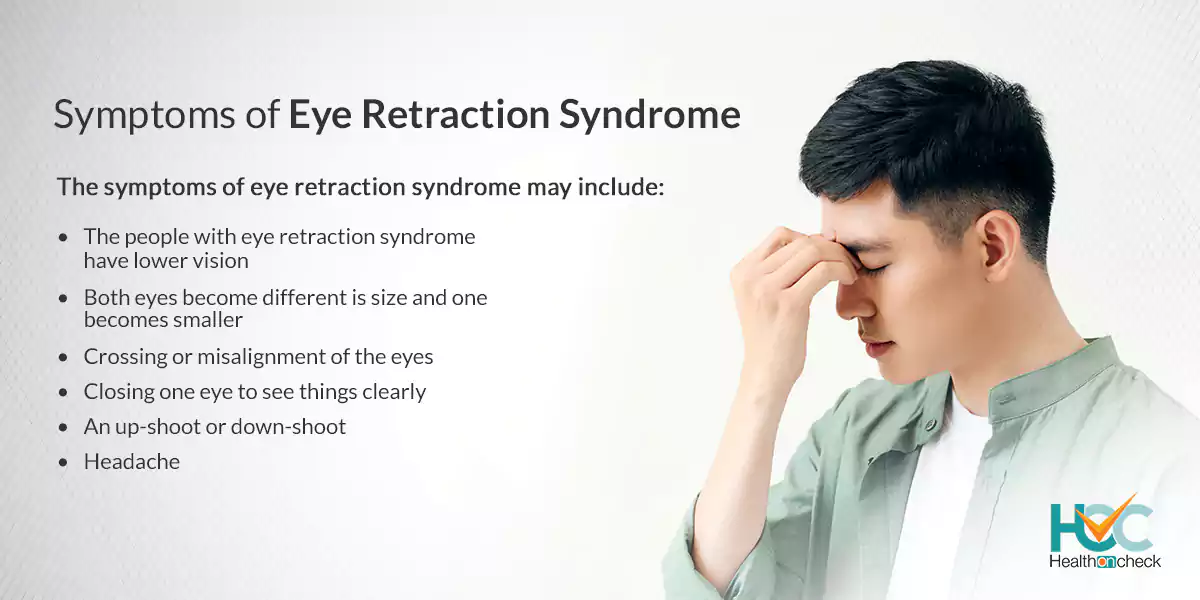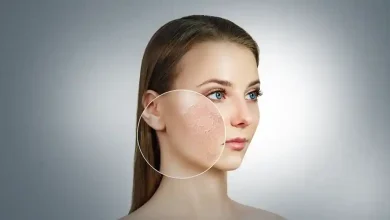All about Eye Retraction Syndrome?

What is Eye Retraction Syndrome?
Eye Retraction Syndrome also known as Duane syndrome is a condition of eye movement which is present at birth and you’ll face problems to move your eyes in both sides and the eye opening can become little while seeing at a specific direction. You will face problem to look upward or downward. In addition to your eyes crossing, or being out of positioning with each other, your eyelids may move while trying to move the eyes. It happens because the nerves that command the muscles in the eyes cannot work perfectly.
What are the Types of Eye Retraction Syndrome?
There are three types of Eye Retraction Syndrome including:
Type 1 Duane syndrome: It is the most common type of Eye Retraction Syndrome and accounts for nearly 77 % of all cases. If you have Type 1 duane syndrome then you will face problem of moving your eye outward toward your ear. The eye will be capable of crossing inward toward the nose, but your eye opening will mostly become small and the eyeball retracts.
Type 2 Duane syndrome: Duane syndrome type 2 is the rarest tyoe and consists of nearly 7% of people with the eye retraction syndrome. You will have a restricted capabilty of moving your eyes inward toward the nose. You can turn your eye outward toward your ear but your eye opening usually shrinks and the eyeball retracts.
Type 3 Duane syndrome: Type 3 accounts for nearly 15% of total cases have Duane syndrome type 3. It makes your ability to move your eyes limited along with making the eye opening might become minuscule and your eyeball retracts with some gazes.
What are the Symptoms of Eye Retraction Syndrome?
The symptoms of eye retraction syndrome may include:
- The position of the head becomes abnormal and people with this disorder move their heads to the side to straighten their eyes.
- Eyes are not able to point in the same direction, and it happen sometimes or in some cases all times
- The people with eye retraction syndrome have lower vision
- Both eyes become different is size and one becomes smaller
- An up-shoot or down-shoot.
- Pain in neck
- Headache
- Crossing or misalignment of the eyes
- Closing one eye to see things clearly

What are the Causes of Eye Retraction Syndrome?
Genetics play an important is causing this disorder, but it’s not neccessary that it’s generally inherited. The movement issues occur because of the issues with your cranial nerves, or the nerves that commands the way your eyes makes a movement. People who’ve been exposed to thalidomide in utero are frequently gets this condition.
Just around 10% of people with Duane syndrome have a family history of eye retraction syndrome. In cases that run in the family, eye retraction syndrome is normally bilateral.
When a variant of CHN1, MAFB, or SALL4 is passed down then eye retraction syndrome is inherited. The pattern for inheritance in Duane syndrome is known as “autosomal dominant,” which implies that it happens equally in people AMAB and people AFAB, and it’s inherited even if only one parent has Duane syndrome.
What are the Risk Factors of Eye Retraction Syndrome?
There is only a single risk factor of a remote type of eye retraction syndrome is an affected parent, which can lead to 50% chance of receiving the gene onto offspring. This risk is only linked with 10% of uncommon cases, as 90% of these cases occurs sporadically. If a parent is affected then there are risk factor for the syndromic kinds; even though, the chance of providing a gene onto offspring differs on the basis of the syndrome.
What are the Complications of Eye Retraction Syndrome?
The complication of eye retraction syndrome is that may be another eye-related conditions that occurs with eye retraction syndrome such as: Cataract, which refers to the blurring of the lens of your eye. The other complication is Microphthalmos, where the eye is abnormaly minuscule. Nystagmus, is a problem where the eyes fluctuate ungovernable.
How Eye Retraction Syndrome is diagnosed?
To diagnose eye retraction syndrome a doctor will check your complete medical history and will examine the eye. He will measure how much amount of misalignment is there and then examine how far the eyes, can move from side to side. Doctor may prescribe tests for other disorders that might be connected to eye retraction syndrome. A condition known sixth cranial nerve palsy that’s quite same to eye retraction syndrome but is lesser in comparison to eye retraction syndrome.
What are the Treatment Options available for Eye Retraction Syndrome?
The treatment of eye retraction syndrome is based on age, seriousness and other disorders one can have. A few people with eye retraction syndrome do not require treatment. The only thing that is needed to keep a constant appointment schedule with an eye care doctor. People with amblyopia can get advantage from covering the stronger eye and the weaker eye will become powerful.
People with severe case of eye retraction syndrome, will require surgery on muscles of the eye. The surgery won’t cure the nerve disorder but it can alter the placement of eye muscles to sooth an unusual head posture, straighten eyes when seeing unswerving ahead, and enhance the down-shoots/up-shoots.
Living with Eye Retraction Syndrome?
With is condition you will face difficulties moving your eyes in both sides. You may have problems in one or sometimes in both eyes looking inward toward your nose or outward toward your ear.
Whom to Consult?
If you notice signs and symptoms of eye retraction syndrome in you or your baby then immediately take appointment with an eye specialist. After examining the disorder, he/she will make sure whether it’s eye retraction syndrome or not.




